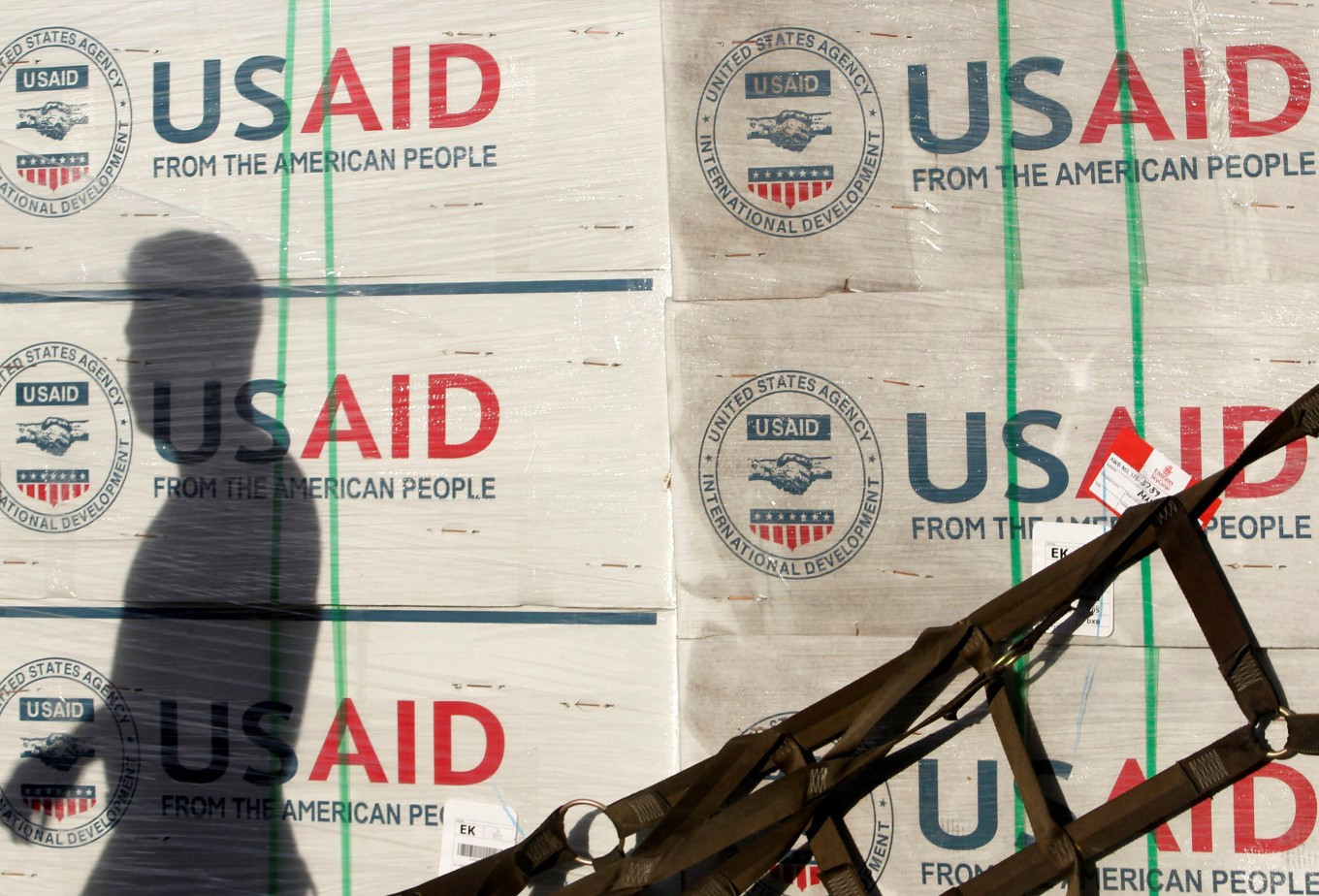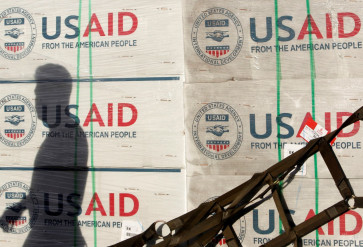Popular Reads
Top Results
Can't find what you're looking for?
View all search resultsPopular Reads
Top Results
Can't find what you're looking for?
View all search resultsPhilanthropy in an era of declining development aid
Now more than ever, aid programs must focus squarely on proven solutions like investments in prenatal nutrition, rather than on flashy, multisectoral schemes with no immediate payoff.
Change text size
Gift Premium Articles
to Anyone
P
hilanthropy will never replace public aid, but it can be a powerhouse if we use it right. With global development funding under strain, European aid budgets being redirected toward defense and rearmament, and the United States rethinking foreign assistance altogether, the aid community has been left scrambling.
The reactions so far have been of two kinds: Calls for philanthropy to fill the gap, and moralizing statements shaming governments for stepping back. Unfortunately, the first is unrealistic, and the second is ineffective. Private donors cannot solve systemic global challenges alone, and telling politicians that they are morally bankrupt generally does not bring them around to your side. Instead, we need to meet policymakers where they are, sharpen our arguments, and focus on what actually works.
The hard truth is that most government aid is not even designed for effectiveness, because it prioritizes processes over results. Nor has philanthropy been immune to this impulse. In our early years at the Eleanor Crook Foundation, we funded holistic, multisectoral programs that tried to tackle all causes of malnutrition simultaneously. But the results were underwhelming. The approach looked good on paper, but produced no measurable improvements in malnutrition.
So, we learned from that failure and changed course. Now, we direct our funding where the evidence is strongest and the results most immediate. At the recent Nutrition for Growth (N4G) Summit in Paris, we announced a $50 million commitment, alongside $200 million from other donors, to scale up one of the most cost-effective interventions in global health: Prenatal vitamins known as multiple micronutrient supplements (MMS). This funding will go toward a US$1 billion roadmap to ensure access to MMS for pregnant women no matter where they live.
The science on this issue is unequivocal. MMS replaces the outdated iron and folic acid (IFA) tablets that are still given to many pregnant women in low-income countries. With MMS, women receive 15 nutrients, instead of just two, leading to a dramatic reduction in maternal anemia, stillbirth and low birth weight. The estimated economic returns are substantial, $37 for every $1 invested, and the human returns even more so, with infant mortality reduced by nearly one-third.
The global inequities in maternal health are profound. In London, a pregnant woman routinely has access to comprehensive prenatal vitamins. In Lagos, she might receive IFA, or nothing at all. The difference reflects a gap in will, not knowledge. Ending such disparities does not require a scientific breakthrough, just greater investment in already proven solutions.
More than two decades of research, three Lancet studies and multiple World Bank investment cases have identified roughly ten nutrition interventions that are consistently underfunded despite their proven efficacy. These are not flashy, multisector, utopian initiatives. They are targeted, evidence-based programs that can be implemented immediately, at scale, to deliver measurable results.



















